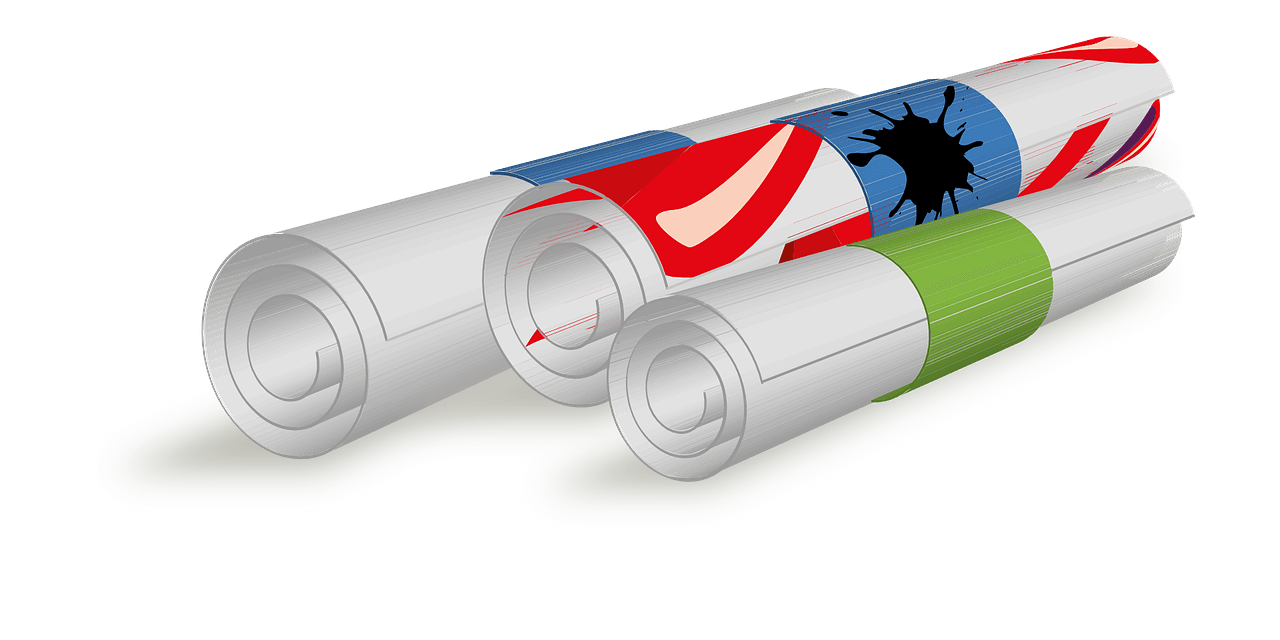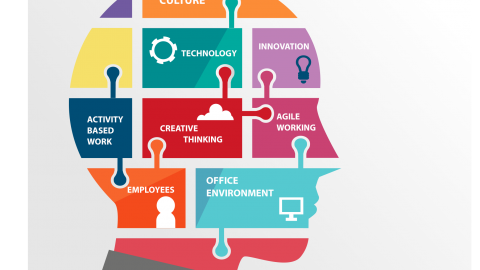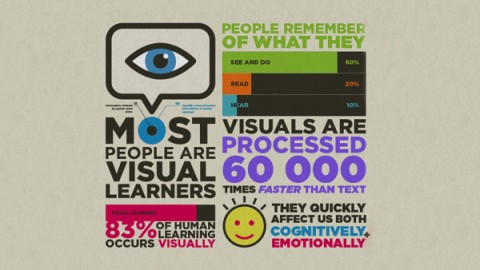5 Tasks crippling our workplace managers
Workplace culture, location, design, flexibility…
Employers are now more than ever competing with what they have on offer to the big pool of talent.
Almost as much as the talent pool is circling, waiting to pounce on an amazing workplace.
So what is the proverbial Achilles Heel of employers?
Why do so many struggle to retain staff or transition to a better work culture?
To answer this, we have to look at how our office and workplace managers gather data, analyze it and carry out simple routine functions.
Paper Floorplans
Most workplace managers continue to use paper floorplans as the go-to solution for managing office space, this includes:

⇒ determine how much space teams occupy
⇒ plan scenarios of staff moves
⇒ play with relocations of teams, staff or area (breakout, meeting rooms etc)
So what happens when these plans need to be shared, reviewed and amended?
Draw, Scan & Email Thread
With paper floorplans to manage the office space, there’s only one avenue for engaging stakeholders.
After the necessary meetings, drawing on the paper plans is the most commonly used resort whilst scanning and using Microsoft Paint closely follows.

In some cases, it is not uncommon to see email threads upwards of 70-100 replies when a big staff move or office relocation is required.
We are only up to our 2nd crippling task but there is an undeniable sense of…
“sounds like something we did 20-30 years ago, pre-tech era, surely we’ve moved on now?”
You’d be right in thinking this but wrong in assuming we’ve moved on, we will discuss why in our “Why aren’t we fixing all this?” section further down.
Spreadsheets
We are witnessing the rise of spectacular info-graphics, visual aids, analytics and amazing user interfaces through so many apps, websites and software solutions.
Our workplaces managers have Spreadsheets to turn to for data gathering, input and analysis.
There’s no doubt, spreadsheets can be quite powerful, just ask any financial department, but is this really where we want to see them used?
Take Space Usage data for example, hiring temps to roam office floors counting heads is still the preferred method amongst many workplace managers on a tight budget.
To gather this utilization of floor space data, having spreadsheets as your end result is quite limiting when trying to dig deep into the room of a problem or visualize where the problems are!
Highlighters
Highlighters are a workplace managers best friend.

Without them, we can’t highlight team spaces on paper floorplans.
We can’t color code or make sense of any other spaces when engaging stakeholders.
So reliant on highlighters to carry a scenario and tell a story, it’s easy to get caught up in “that’s not so bad?”
The missing piece of the puzzle is what we’d call a modern Activity Stream.
No way, no method, no possible outcome other than the aforementioned long email threads to evaluate the ‘before and after’ state of an office scenario—
It’s easy much easier to grasp now why it’s remarkably important to move to a digital playing field.
Stakeholder Engagement
The crux of any workplace management role, engage the stakeholders.
To achieve some consensus, approval, rejections or any kind of discussion and agreement, stakeholders are mostly emailed all plans and details which build up as per the aforementioned, giant email threads! (no doubt some face-to-face meetings are held first).
Ultimately resorting to email thread stakeholder engagement, the picture gets blurrier and blurrier whilst goals slide away slowly, becoming harder to maintain or achieve.
What does this all mean?
With workplace managers struggling to stay on top of remedial tasks, we clearly understand why the problems begin to trickle down into the office space, workplace culture, staff retention, productivity and ultimately the bottom line!
Why aren’t we fixing all this?
There’s a remarkably pure and simple answer to this.
- Few Solutions
Very few solutions exist out there for workplaces experiencing all these issues (yet!) - Complexity and Cost
Solutions that exist are far from affordable and rank relatively high on setup time, cost and a steep learning curve for all those involved - Visibility and Responsibility
Not all workplaces recognize that someone should be in charge of the office space.
If they do, they tend to have little resources and authority to make changes
With few tools, analytics and assistance, the matter of improving productivity, culture and optimizing space becomes much less visible to senior staff and ultimately C-Level.
Property costs are the 2nd (sometimes 3rd) highest cost for any business, it’s a rather strange phenomenon these issues are not being tackled head on.
There is light at the end of the tunnel though.
More workplaces are learning of Activity Based Working, Agile Working, Hot desking and other flexible work environments.
We are even experiencing how this affects other elements of our workplaces, including culture, productivity and ultimately, the bottom line!
To learn more about how simple.space can help alleviate all these crippling tasks, stop gaps and help your business be on it's way towards a more modern way of managing the workplace, send us a quick email!To get more tips and advice on managing your workspace, subscribe to our newsletter
















